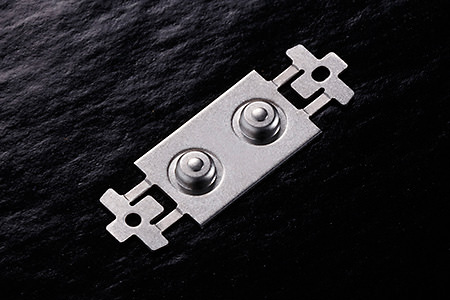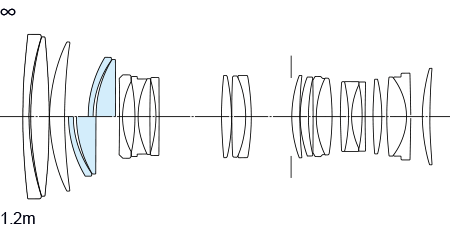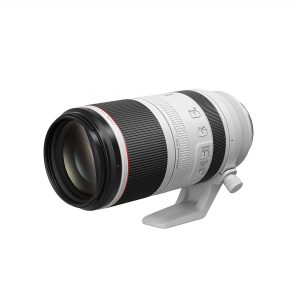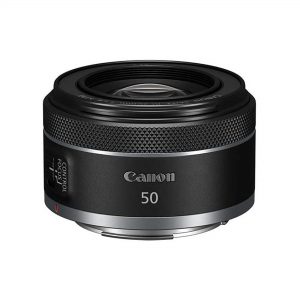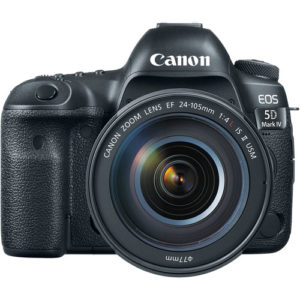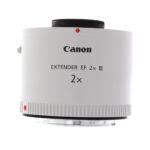Overview
Worthy successor to the lauded Canon EF 500mm f/4L IS USM, the new EF 500mm f/4L IS II USM super telephoto lens features completely redesigned Fluorite optics that deliver sharper images with less chromatic aberration and has a lighter weight thanks to magnesium and titanium construction elements. Because image stabilization technology in super telephoto lenses may inadvertently over-compensate and interfere with composing and framing distant or moving subjects, the EF 500mm f/4L IS II USM includes an advanced third Image Stabilization mode (Mode 3) that activates IS only when the shutter button is fully pressed. This allows users to pan fast-moving subjects and then activate IS only when it is precisely required. Additionally, all three IS modes give the equivalent effect of a shutter speed four stops faster, ideally positioning the Canon EF 500mm f/4L IS II USM for professional action photography, from sports to nature. The addition of the Power Focus mode enables smooth focus change when shooting video. Buttons and switches are redesigned for intuitive, deliberate operation, and dust and water sealing keeps the EF 500mm f/4L IS II USM functioning flawlessly in even the most challenging environments.
Compact lightweight super-telephoto
The EF 500mm f/4L IS II USM features a lightweight magnesium alloy and titanium construction, which reduces weight without compromising on strength and build quality.
Image Stabilizer
Built-in Image Stabilizer technology enables hand-held shooting with shutter speeds up to four stops slower than normal without incurring camera shake. Multiple IS modes improve image quality when panning.
L-series quality
The L-series is Canon’s flagship professional lens range, representing the best in precision-designed EF optics. L-series lenses combine superior performance with superlative handling, and are highly resistant to dust and moisture.
Power focusing
The EF 500mm f/4L IS II USM’s two-speed Power Focus mode allows focus to be adjusted at a smooth constant speed – perfect when shooting video.
Sophisticated optical design
A complex optical design that features fluorite and UD lens elements to tackle aberrations and distortions. A fast f/4 maximum aperture enables use of the Canon Extender EF 2.0x III while retaining AF on EOS-1 series cameras.
3 IS Modes
Ideally suited for all types of action photography especially those disciplines that require the utilization of panning, the new IS mode 3 only activates the image stabilizer element during exposure.
Enhanced image quality with SWC coating
Designed for use in digital photography, Canon’s patented Subwavelength structure coating helps minimise the ghosting and flare caused by internal reflections. By eliminating the cause, the coating reduces reflections and helps to deliver crisp, clear images.
Fast, quiet auto focus
A ring USM (Ultrasonic motor) uses ultrasonic frequency vibrations to drive extremely rapid auto focus with near-silent operation. A high-speed CPU and optimised AF algorithms contribute further to AF speed. Full time electronic manual focus override is available without having to switch out of AF.



















